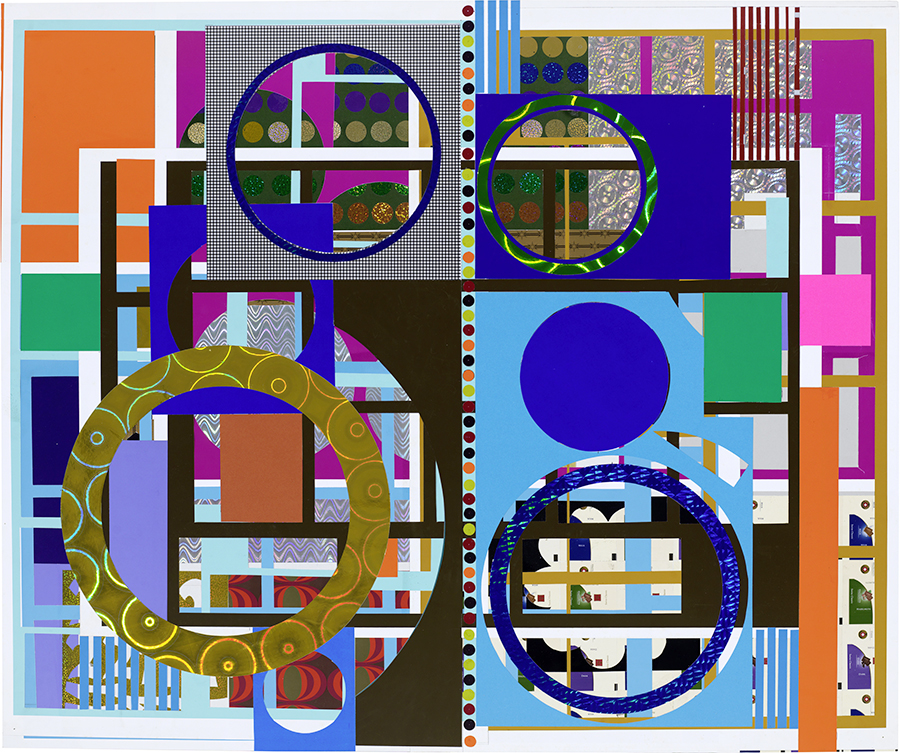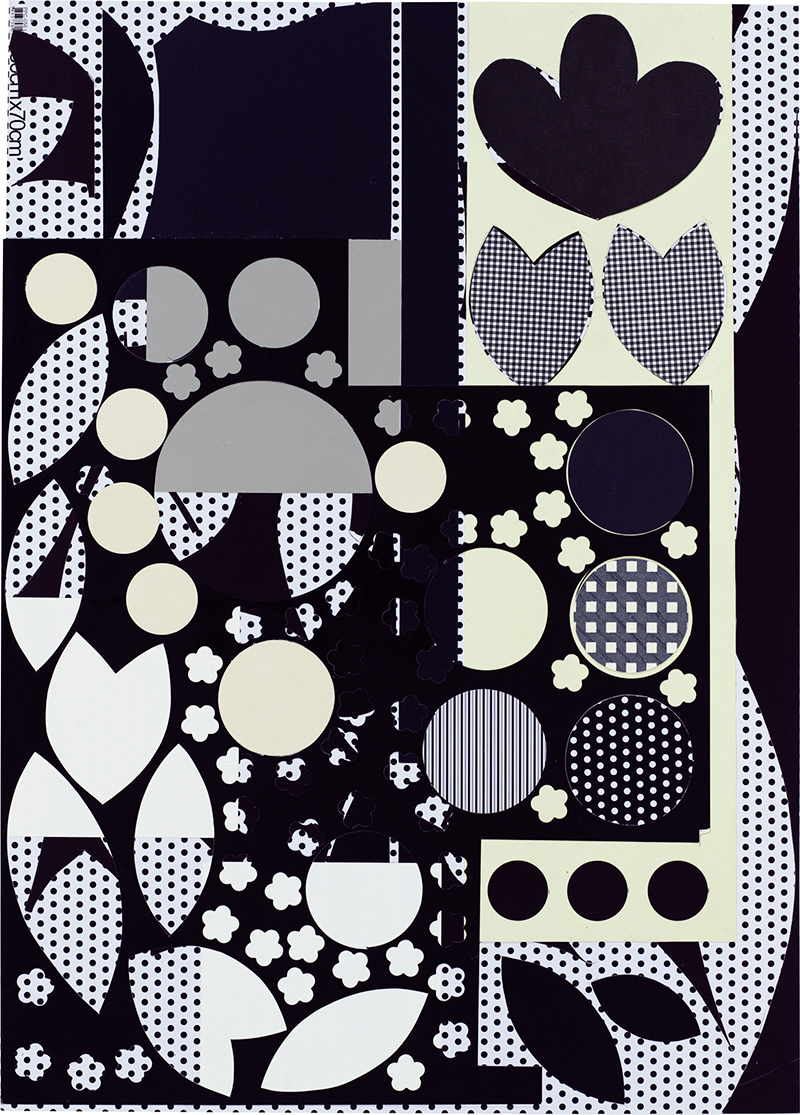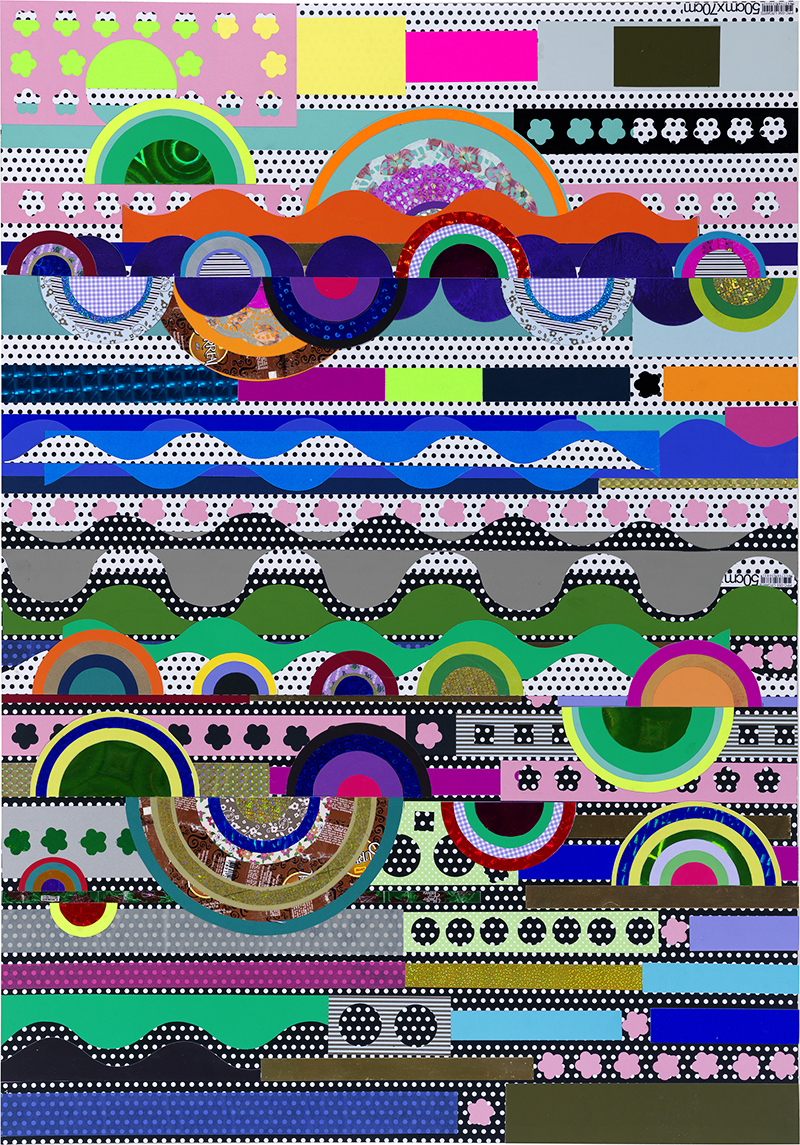Shows
Beatriz Milhazes



Flamboyant, vibrant colors and patterns bring energy into the otherwise quiet, Hong Kong outpost of London's White Cube gallery. Part of Beatriz Milhazes’s first solo show in Hong Kong, they comprise a new series of paintings and collages by the Brazilian abstractionist, inspired by the sharp constrast between the exotic native flora of her native Rio de Janeiro and the city's dominating, urban environment.
Milhazes’s kaleidoscopic artworks are created in her studio, which is located in the vicinity of Rio de Janeiro’s luscious botanical gardens. A graduate of communications at Hélio Alonso University, she began studying art at the School of Visual Arts of Parque Lage in 1980, where she discovered a passion for decorative arts. The influences of exuberant Brazilian culture and European modernist abstraction inform her bold imagery of arabesque motifs and lacework designs.
With the desire to refresh her practice, Milhazes developed her signature collage technique in 1989—a method with similarities to monotype printing. She first paints her motif design onto a translucent plastic sheet, which is then applied to a canvas and left to dry. After drying, the plastic sheet is peeled off and the design is superimposed onto the canvas. The process is repeated multiple times, which then leaves a highly textured surface and a complex composition of colors and forms.
Exemplary of this style, Queimadinho (2014) glows a dominant hue of yellow, which is juxtaposed with floral embellishments and geometrical patterns in shades of red, blue and green. Hung near the entrance of the exhibition, the colors in Queimadinho create a balanced harmony with the rustic appearance of its canvas' peeling paint, which is an inevitable consequence of her collage technique.
Displayed upstairs is Negro Indiano (2014), which exhibits a noticeable contrast to her usual use of exuberant hues. Adopting a (nearly) monochromatic palette, Negro Indiano portrays an interlocking of shapes, forms, dots and patterns. In the same space are Turkish Garden (2014) and Small Windows (2014), which are vibrantly colored collages adorned with intricately woven and layered candy wrappers. Luring the viewer into a world of kaleidoscopic visuals, the two collages are evidently inspired by Piet Mondrian, whom Milhazes regards as a big influence in her practice. Seen nearby is the pulsating linear colors and patterns of Cake Landscape (2014), a work that is reminiscent of Op art—particularly that of British artist Bridget Riley. Employing polka-dot patterns, as well as curvilinear cutouts of various dimensions and colors that are shuffled atop one another, Cake Landscape leads the viewer's eyes to wander horizontally across the collage, which appears to have no dominant focal point.

Milhazes’s pictorial language is inspired by many artists, including the paper cutouts of Henri Matisse. Meanwhile, her expressions of Brazilian culture and heritage spring from her admiration for the Brazilian modernist Tarsila do Amaral, whose allegorical paintings are celebrated widely within the country.
Milhazes’s exhibition at White Cube highlights her complex visual thinking and meticulous artistic style. Moving from one canvas to the next, viewers become enthralled in the vibrant and feminine imagination of her eye-popping colors and decorative motifs.

“Beatriz Milhazes” is on view at White Cube Gallery, Hong Kong, until May 30, 2015.







